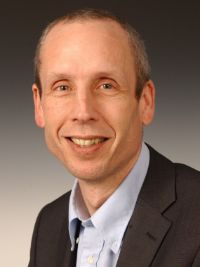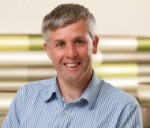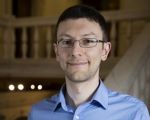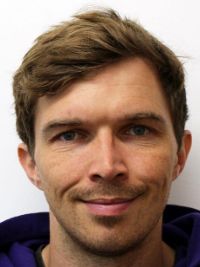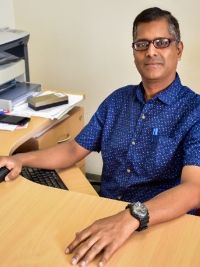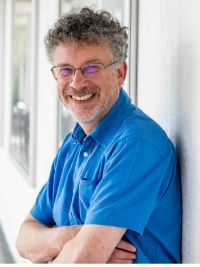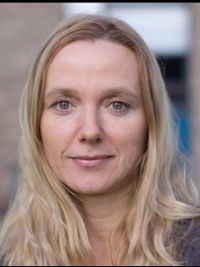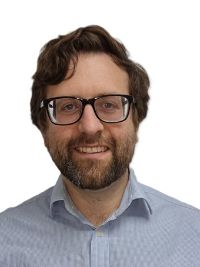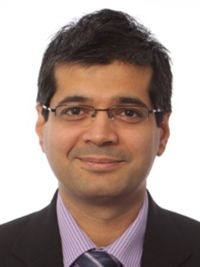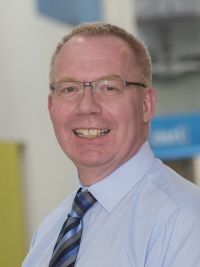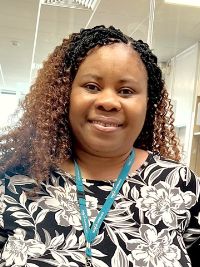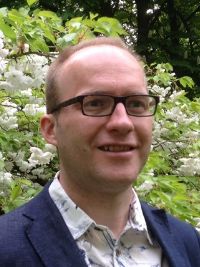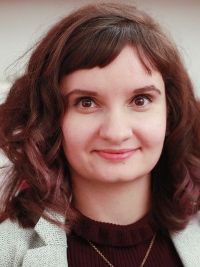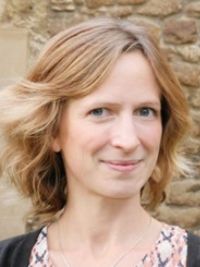Our aims
The aims of the Faraday Community for Physical Chemistry are:
- To advise on and support scientific developments both in research and training in the general field of physical chemistry
- To support the next generation of scientists in the important field of physical chemistry in its broadest context
- To act as an advocate for the field of physical chemistry to the scientific community and society as a whole
- To promote excellence and sustainability in the field of physical chemistry
- To promote inclusion and diversity in its broadest possible sense across the physical chemistry community
Find out more in the tabs below
Meet the members of the Council who are responsible for ensuring that the Community fulfils its purpose.
Professor Yi-Tao Long
Elected member (2024 - 2027)
Yi-Tao Long is a Professor at School of Chemistry and Chemical Engineering, and Director of Molecular Sensing and Imaging Centre at Nanjing University.
His research focuses on electrochemistry at nanoconfinement which involves nanopore electrochemistry for single molecule analysis, nanospectroelectrochemistry for biointerphase and the nanoelectrochemical measurement instruments.
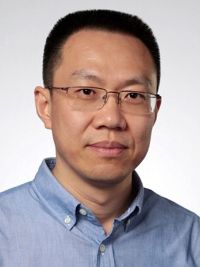
Named in honour of Michael Faraday, the Faraday Society was formed in 1902 to "promote the study of Electrochemistry, Electrometallurgy, Chemical Physics, Metallurgy and kindred subjects" was formed. The first council meeting of the Society occurred in February 1903.
In 1972, the Faraday Society merged with the Chemical Society, and then later, in 1982 merged with the Society for Analytical Chemistry and the Royal Institute of Chemistry to form the 欧美AV as we know it today.
The Faraday Society thus became the Faraday Division, one of the key pillars of the 欧美AV, with the aim of advancing scientific developments and supporting scientists working in the field of physical chemistry.
In 2020, the 欧美AV commissioned a review of the Divisions. One of the Review's key recommendations was reorganising the Divisions into Subject Communities to better support the communities and members they represented and to allow for better integration and collaboration with interest groups and other Communities.
In 2022, the Faraday Division reviewed its name. Members of the Division felt that it was important to continue to remember and honour the legacy of those scientists that came before us, such as Michael Faraday, but also to be mindful of inclusion, accessibility, and the community's aims, scope and breadth.
The Faraday Division Council, therefore, decided that the best way to respect the diverse views of its members was to adopt the name "Faraday Community for Physical Chemistry" in July 2022.
Physical chemistry is the study of the underlying science behind atoms, molecules, materials and surfaces and their interactions. It is the sub-discipline of chemistry that establishes, defines, and develops the principles of chemistry. It sits at the overlap of chemistry, physics, biology, and medicine. As a result, it is closely related to, and operates at, the interfaces with all other chemistry sub-disciplines.
Physical chemistry seeks to measure, correlate, and explain chemical reactions, dealing with concepts such as motion, energy, force, time, thermodynamics, quantum chemistry, statistical mechanics, dynamics, and equilibria.
Physical chemistry also seeks to understand the underlying properties of atoms and molecules, to better define and explain their behaviours and how these shape the universe around us.
Important sub-topics within physical chemistry include:
- Quantum chemistry
- Spectroscopy
- Thermodynamics
- Kinetics
- Statistical mechanics
- Electrochemistry
- Thermochemistry
- Photochemistry
- Surface chemistry
- Solid-state chemistry
- Metrology
- Computational chemistry
- Theoretical chemistry
- Colloids and formulation chemistry
The badge was designed by the eminent goldsmith Mr Leslie Durbin in 1956. It is in 9 ct gold and silver gilt, representing the head of Michael Faraday surrounded by a wreath of strawberry leaves and surmounted by a magnet and benzene ring. The President of the Faraday Community for Physical Chemistry wears it on formal occasions, particularly at Faraday Discussions.
Explore the Faraday Community for Physical Chemistry
Contact us
- Tel:
- +44 1223 432131
- Email:
- Dr Philip Stackhouse

